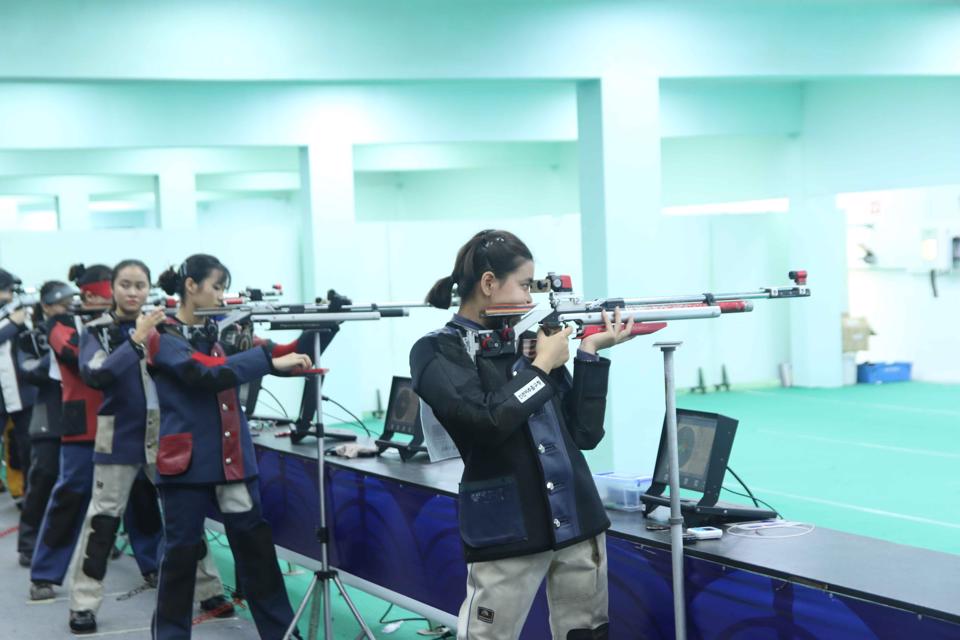The Law on Surveying and Mapping was approved by the XIV National Assembly at its 5th session on June 14, 2018. The law takes effect from January 1, 2019. The Law on Surveying and Mapping serves as an essential legal framework to promote the development of the surveying and mapping sector in Vietnam to a new level, meeting the expected demands in applying the great achievements of the Fourth Industrial Revolution in Vietnam.
The Necessity of Enacting the Law
Surveying and mapping activities are fundamental, especially important investigative activities serving as the foundational platform for conducting scientific research about the Earth, providing information, data, and products to support socio-economic development, national defense, and security; serving planning, territorial management, resource and environmental monitoring; disaster prevention and rescue operations; contributing to the protection and affirmation of national territorial sovereignty, and enhancing public knowledge. Surveying, mapping products, and geographical information data are widely used in the daily activities of society.
Surveying and mapping activities in Vietnam have a long historical tradition. Since the 1990s, along with the country's renewal, surveying and mapping have begun to robustly innovate data acquisition and processing technology, applying satellite positioning technology GNSS, digital mapping technology, and remote sensing image acquisition and processing technology to establish a nationwide topographical map system, gradually meeting the administrative needs of ministries, central authorities, and local authorities and social needs.
However, practical summaries have shown that state management and the organization of surveying and mapping activities in recent times still have some shortcomings. There is a lack of uniformity and synchronization in the management and implementation of surveying and mapping activities; divisions between Central and local authorities are not suitable; there is overlap and waste in surveying and mapping activities; management, provision of information, data, and surveying and mapping products are still inadequate; policies and mechanisms on surveying and mapping activities have not been renewed and are not keeping pace with current scientific and technological achievements, especially the Fourth Industrial Revolution; there is no clear mechanism to promote private investment in surveying and mapping activities... These limitations result from various reasons, with the most important being the lack of uniformity and synchronization in the legal system regarding surveying and mapping.
Currently, the Fourth Industrial Revolution is happening rapidly, based on foundational technologies in big data, cloud computing, artificial intelligence, smart robots, and the Internet of Things, forming new global trends in the construction and development of smart urban areas, smart governments, and smart nations based significantly on the intelligent collection and processing of geospatial data systems.
In such a context, the construction of a law to manage uniformly and effectively surveying and mapping activities, promoting the development of a national geospatial data infrastructure (NSDI) is an urgent requirement arising from objective realities.
Guiding Viewpoints and Principles of Law Construction
Based on the viewpoints, guidelines, and policies of the Communist Party and the State on socio-economic development and international integration without creating overlap and conflict with existing laws and complying with international treaties to which Vietnam is a member; ensuring national sovereignty, unity, territorial integrity, defense, security, order, and social safety, the Law on Surveying and Mapping is constructed on the following consistent principles:
Firstly, the State centrally manages surveying and mapping activities, defining the legal framework, policies for developing surveying and mapping technical infrastructure, constructing a synchronized and modern national surveying and mapping database to ensure the provision of complete, accurate, and prompt surveying and mapping information, data, and products, serving socio-economic development, ensuring national defense, security, resource management, environmental protection, disaster prevention, rescue operations, climate change response, and enhancing public knowledge, laying a foundation for developing a national geospatial data infrastructure.
Secondly, basic surveying and mapping are fundamental investigative activities serving as a common-use platform, public welfare that must be managed, invested in, and organized by the State. Investment in basic surveying and mapping is an investment in national development and protection, needing to take precedence. Basic surveying and mapping information and data are the foundation for developing specialized surveying and mapping products.
Thirdly, mobilizing social resources to develop surveying and mapping service businesses. Encouraging organizations and individuals to invest in producing and developing geographic information applications to enhance public knowledge and social progress; using surveying and mapping information, data, and products for management, production, business, and life needs.
And fourthly, strengthening international integration in surveying and mapping.
The Law on Surveying and Mapping with Many Breakthrough Institutional and Policy Points
Law on Surveying and Mapping consists of 61 articles presented in 9 chapters. The Law has been constructed with many new and breakthrough institutional and policy points in the field of surveying and mapping.
Firstly, ensuring uniformity in surveying and mapping nationwide, avoiding overlap in management and implementation of surveying and mapping tasks from Central to local and between ministries and central authorities;
Secondly, for the first time, the construction and development of national geospatial data infrastructure are legislated.
Thirdly, enhancing the decentralization of management responsibilities and organizing surveying and mapping activities to provincial People's Committees, promoting initiative and local resource utilization;
Fourthly, promoting private investment in surveying and mapping activities, leveraging social resources for involvement in surveying and mapping activities;
Fifthly, enhancing the application of new, advanced, and modern technologies in the acquisition and processing of surveying and mapping information, data, and products, contributing to the promotion of artificial intelligence use, connectivity of things based on geospatial data;
Sixthly, establishing the legality of independent practitioners in surveying and mapping, ensuring the rights and responsibilities of individuals participating in surveying and mapping activities;
Seventhly, facilitating widespread access and use of surveying and mapping information, data, and products by organizations and individuals;
Eighthly, standardizing and accurately unifying several specialized concepts and terms, appropriate to technological development, serving as a basis for unifying the use of terms in current and future legal documents.
Source: Ministry of Natural Resources and Environment
 Article table of contents
Article table of contents








